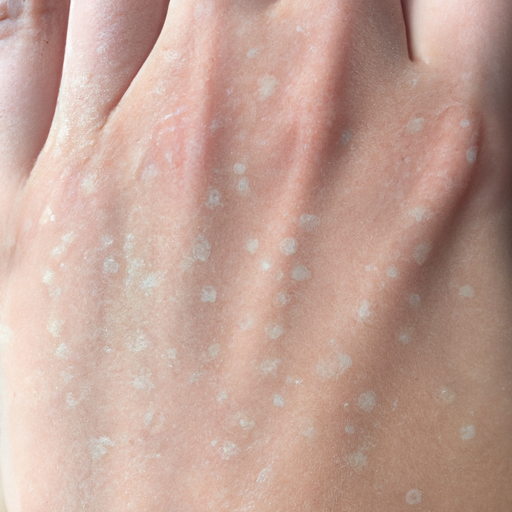As a dermatologist, I am often asked about the latest trends and technologies in skincare. One such trend that has gained significant attention in recent years is red light therapy. This non-invasive treatment, also known as photobiomodulation, has been lauded for its potential to rejuvenate the skin, reduce inflammation, and even treat certain skin conditions.
Red light therapy works by emitting low-level wavelengths of light that penetrate into the skin to stimulate cellular activity. This process is believed to boost collagen production, increase circulation, and promote healing, resulting in a healthier and more radiant complexion.
One of the primary benefits of red light therapy is its ability to stimulate collagen production. Collagen is a protein that gives our skin its structure and elasticity. As we age, our bodies naturally produce less collagen, leading to wrinkles and sagging skin. By stimulating collagen production, red light therapy can help to reduce the appearance of these signs of aging, leaving the skin looking firmer and more youthful.
In addition to boosting collagen production, red light therapy can also increase circulation in the skin. This increased blood flow brings more oxygen and nutrients to the skin cells, promoting healthier and more radiant skin. Furthermore, this increased circulation can help to flush away toxins and waste products from the skin, further enhancing its health and appearance.
Red light therapy is also known for its anti-inflammatory properties. Inflammation is a common cause of various skin conditions, including acne, rosacea, and eczema. By reducing inflammation, red light therapy can help to manage these conditions and improve the overall health of the skin.
Moreover, red light therapy has been shown to promote wound healing. This makes it a potentially beneficial treatment for those with scars or other skin damage. By stimulating cellular activity and increasing circulation, red light therapy can accelerate the healing process and reduce the appearance of scars.
One of the most appealing aspects of red light therapy is its non-invasive nature. Unlike other skincare treatments, such as chemical peels or laser resurfacing, red light therapy does not damage the skin or require any downtime. This makes it a convenient and accessible option for those looking to improve their skin health.
However, it’s important to note that while red light therapy can offer numerous benefits, it is not a miracle cure. For optimal results, it should be used in conjunction with a comprehensive skincare routine that includes regular cleansing, exfoliation, and moisturization. Additionally, it’s always recommended to consult with a dermatologist or skincare professional before starting any new treatment.
In conclusion, red light therapy is a promising tool in the field of dermatology. Its ability to stimulate collagen production, increase circulation, reduce inflammation, and promote healing can result in healthier and more radiant skin. While it is not a replacement for a good skincare routine or professional medical advice, it can certainly be a valuable addition to your skincare regimen.



